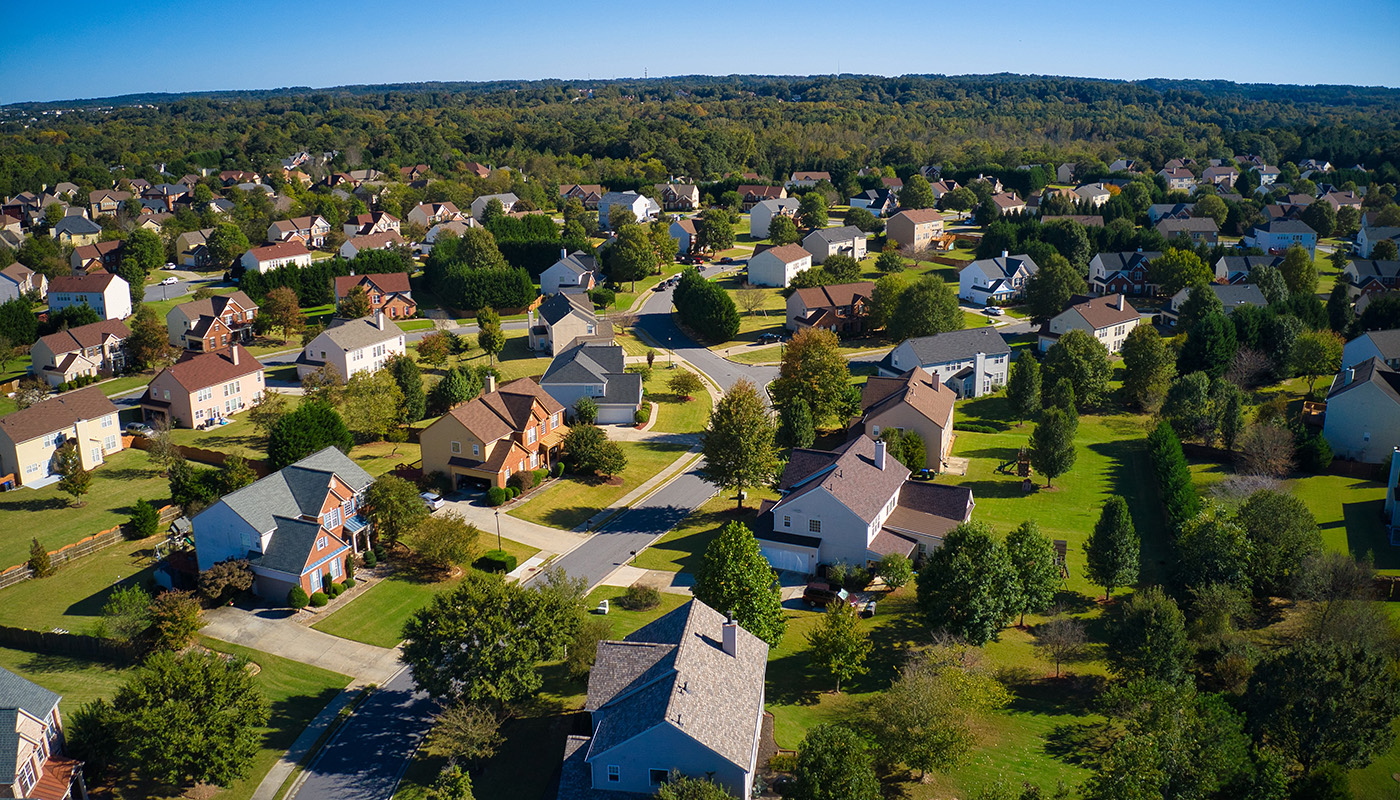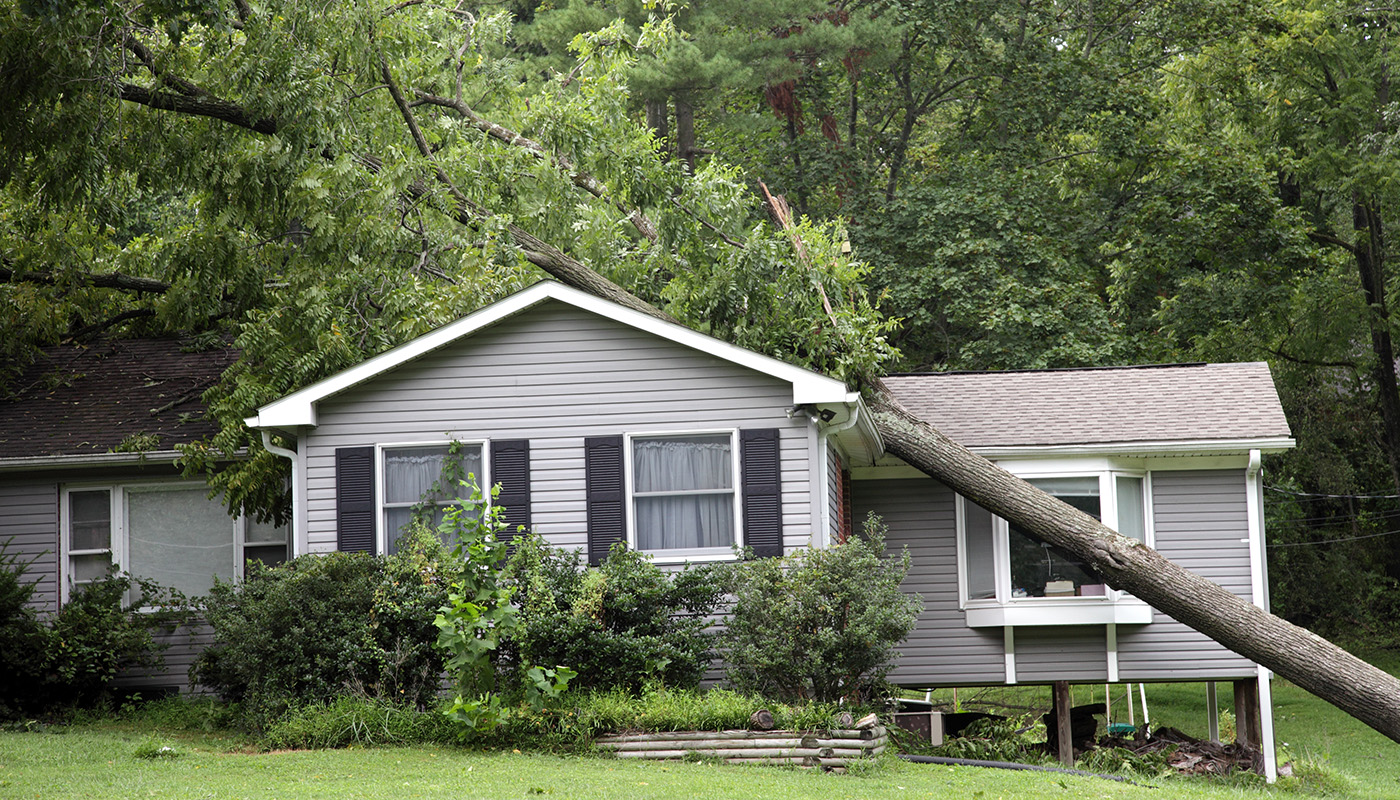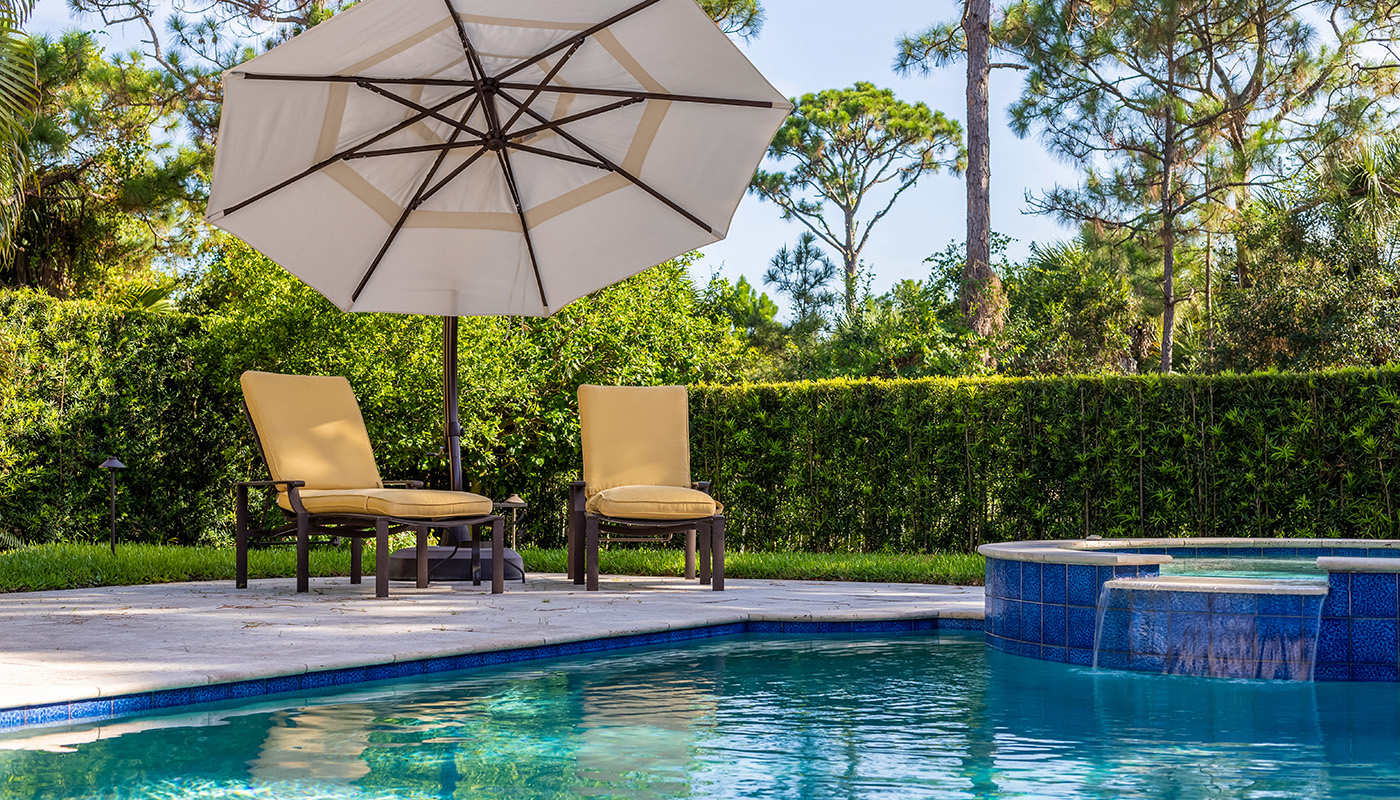Do’s and Don’ts: The Factors That Affect Homeowners Insurance Premiums
Here are nine things you should know about, from where you live to the age of your home.
 iStock
iStock
The average cost of home insurance in the United States can vary widely state to state and even ZIP code to ZIP code within the same state. And there are a number of factors that can influence how much an insurance policy for a home may cost.
Both individual and location-specific factors are used by insurers to determine your risk profile to establish your rates. A risk profile conveys how likely you are to experience a covered peril and file a claim.
Common covered perils include:
- Fire
- Earthquake
- Lightning
- Hail
- Windstorm
- SnowIce
- Explosion
- Hurricane
- Falling objects
- Water damage
- Vandalism
- Theft
It is important to note that coverage can vary widely by policy. You’ll want to do an annual review of your insurance policies with a knowledgeable insurance adviser to understand exactly what’s covered by your policies—and then you can purchase additional coverage where gaps may exist, if needed.
If an insurer determines you live in an area where the chance of a claim is higher, then your home insurance rates will likely be higher. Here’s a look at some of the home insurance cost factors that may impact your annual premiums.

1. The location of your home
Your state and even your ZIP code can influence the amount you pay in home insurance premiums. For instance, if you live in Florida, your home might be more likely to sustain wind damage from a natural disaster such as a hurricane compared with homes in landlocked states like Iowa or Nebraska. Conversely, areas where tornados are prevalent, such as the Great Plains, may also see higher premiums.
Another factor is distance from water and flood zones, which may play a key role in whether or not you opt for flood insurance. According to the National Flood Insurance Program, nearly 20% of all flood insurance claims are made by homeowners living in low-risk zones. (Most homeowners policies do not cover flooding, so check with an insurance adviser to find out if you may need to buy coverage for peace of mind.)
If your home is in an area that has high crime rates, you may also see higher premiums. If you have a home security system, though, you can decrease your risk, and your insurance company may also lower your premiums. The discount will depend on your individual policy, square footage and coverage limits as well as the amount of protection you carry.
Proximity to a fire station or fire hydrant is another factor that may affect your homeowners insurance premiums. The nearer you are to a staffed fire station, the more likely first responders will be able to get to your location quickly in case of emergency, which could help mitigate damage. This is also why home insurance for rural homes may tend to cost more than home insurance for urban or suburban homes.
If you’re in the market to buy a home, researching a home’s location can pay off. Use a free online resource like ClimateCheck to help assess your risk profile and understand how a home’s location may affect home insurance costs.
2. The age of your home
 iStock
iStock
If you live in an older home, you may also pay higher home insurance rates. The older the house, the more likely it is that aging materials could lead to damage. Older homes also may not be up to local building codes or current building standards.
If you make upgrades to your home—such as replacing your home’s heating or cooling system, updating electrical, or modernizing plumbing and pipes—it’s a good idea to notify your insurance agent. Such changes could reduce your chances of a catastrophic event, potentially providing you with a discount for updating your home.
3. Your credit history
In some states, insurers use a homeowner’s credit as a rating factor in assessing risk. Statistically, homeowners with poor credit histories are more likely to file claims than homeowners who have good or excellent credit. Maintaining a higher credit score and good credit can be perceived as lower risk, which can lead to lower home insurance rates.
Need insurance that covers flood damage?
Get a Quote >>4. Your policy deductible
A deductible is the amount you will pay out of pocket for a covered claim. Purchasing an insurance policy with a higher deductible may decrease your homeowners insurance premiums, as you are in essence assuming some of the risk of damage.
Increasing your deductible may reduce your monthly premium, but you should also consider your budget and the out-of-pocket costs of repairs when doing so. Talk to your insurance adviser to get a better understanding of deductibles and coverage for your unique situation.
5. Your claims history
 iStock
iStock
When a homeowner files an insurance claim, their insurer assumes that they are more likely to file future claims. Having a history of filing insurance claims, even small ones, can indicate greater future claims risk and may increase your premiums.
Always be diligent with filing insurance claims. Your claims history is visible to insurance companies on your Comprehensive Loss Underwriting Exchange (CLUE) report, which discloses any previous claims on your home or vehicle. Claims may stay on your CLUE report for up to seven years. Before filing a smaller claim, it’s a good idea to discuss the issue with your insurance adviser.
Is it time to update your home’s insurance coverage?
Find Out >>6. A home renovation or remodeling project
There are some home renovations that may lower your home insurance premiums. For instance, adding storm shutters, reinforcing your roof or buying stronger roofing materials may help you save on your premiums.
Likewise, retrofits to older homes may help mitigate risks. For example, modernizing your heating, plumbing or electrical systems can reduce the risk of fire and water damage and may lead to lower premiums. It’s a good idea to let your insurance agent know of any significant home renovations or remodeling projects, as these updates can lower your homeowners insurance premiums.
7. A swimming pool or trampoline
 iStock
iStock
Having a pool, a hot tub or a trampoline brings additional risk and can affect your home insurance premiums. Known as an attractive nuisance, any “extra” item on your property that could be potentially dangerous—especially to children—is considered high-risk and can raise your home insurance costs, or possibly make you ineligible for a policy.
8. The condition of your roof
Leaks due to a worn-out, old or damaged roof can cause expensive water damage inside your home. You’ll want to be sure to pay close attention to your home’s gutters, downspouts and roof and perform regular home maintenance to avoid costly home repairs—and also to potentially lower your home insurance premiums.
9. The breed of dog you have
Having pets, especially certain dog breeds and exotic animals, may also impact your rates.
While home insurance dog breed restrictions may vary, the following are most commonly restricted:
- Akita
- Alaskan Malamute
- Chow Chow
- Doberman Pinscher
- German Shepherd
- Mastiffs
- Pit bulls
- Presa Canario
- Rottweiler
- Siberian Husky
- Wolf hybrids
Even if your dog isn’t a restricted breed, a bite history could also affect your homeowners insurance premiums.
Get the best homeowners insurance policy with AAA.
If you need insurance coverage for your home, learn more about AAA Home Insurance or get a quote today. Homes are unique, and with AAA Home Insurance you can tailor a policy that fits your budget and needs, providing protection of your personal property—and peace of mind.